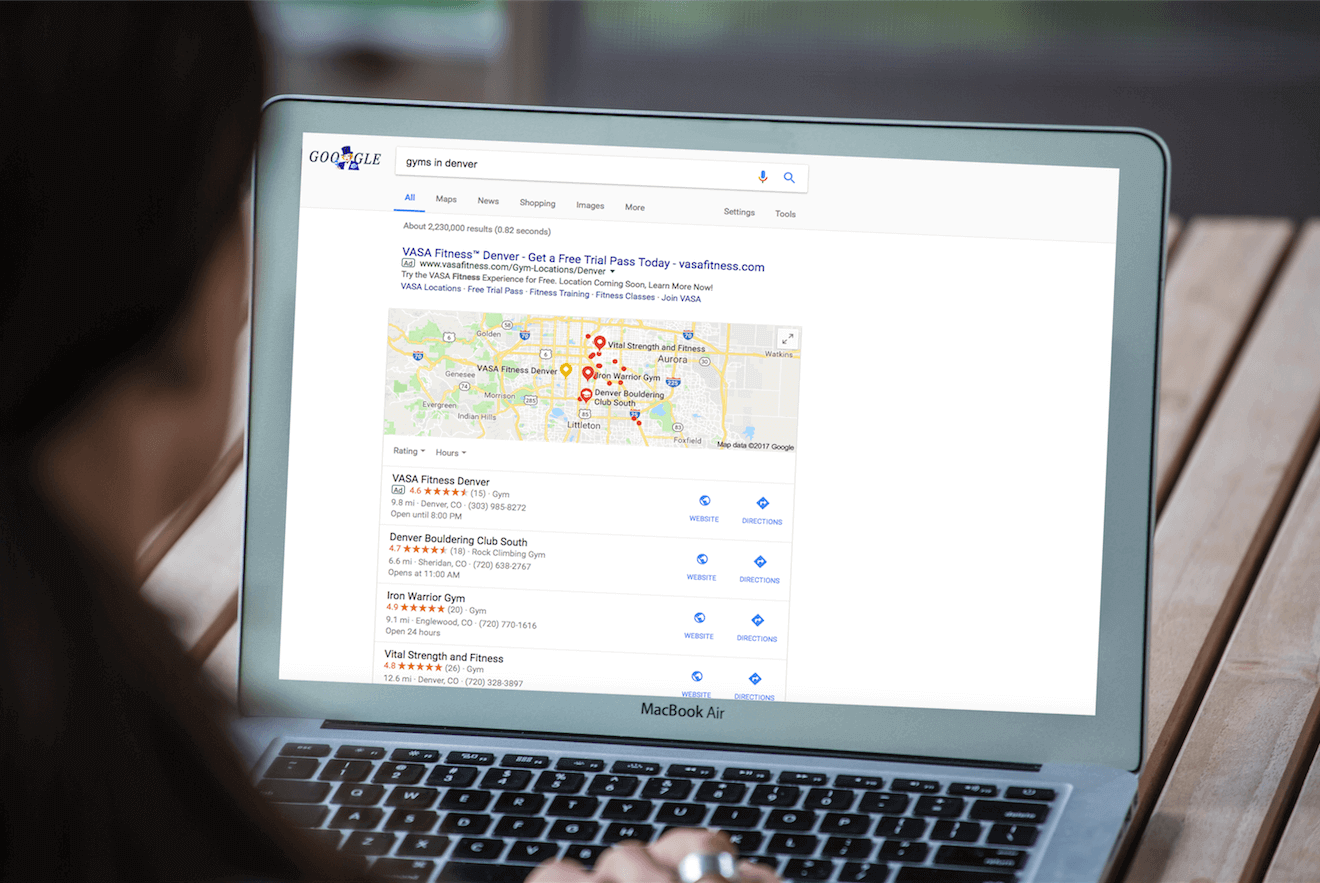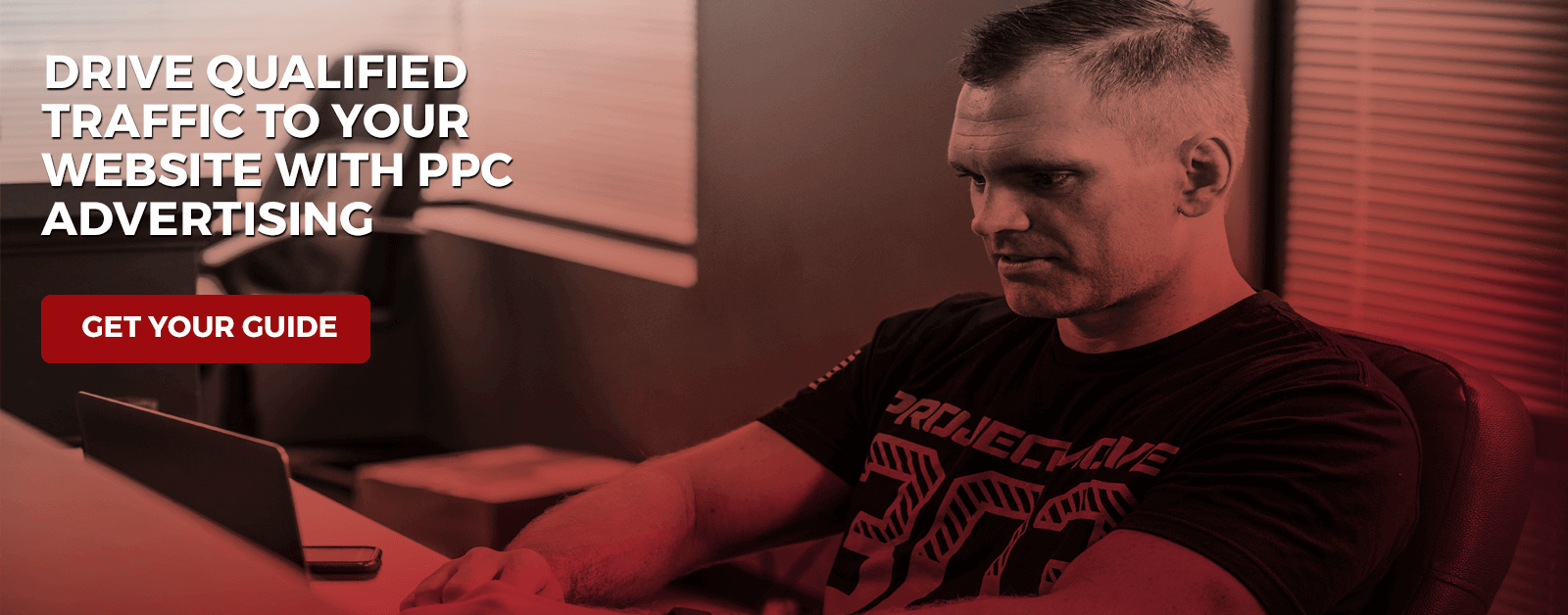Search Engine Marketing Must-Have Tactics Part 2: PPC and Blogging

We recently wrote about two Search Engine Marketing (SEM) tactics you should be using to send qualified traffic to your website. We discussed the importance of SEO and local listing optimization, and provided tips on how you can implement these strategies on your own.
Today we’re going to cover how to create a well-rounded SEM program by adding pay-per-click advertising and blogging strategies into the mix.
Pay-Per-Click (PPC)
What is it?
An extremely targeted form of paid advertising in which businesses pay for clicks from individuals who are searching for information relevant to what your business offers.
Why is it important?
PPC is a strategic way to quickly send qualified traffic to your website. You state which terms you’re willing to pay for and how much your willing to pay for them (per click). This ensures you’re sending qualified, local traffic to your website.
How it works
When someone performs a Google search, in addition determining which SEO and directory listings to present, the algorithm examines which advertisers have stated there are willing to pay for clicks from people searching on those terms.
Get your copy of our free PPC Guide for Fitness Businesses!
When you create a PPC campaign, you submit keyword-rich ads and place a bid on certain keywords. When someone searches by those terms, Google will comb through ads and choose a few ads to display based the quality and relevance of the ads, and the amount the business is willing to pay for a click. Each time someone clicks on your ad, you pay a fee to the search engine.
The idea is that you’ll earn far more in sales than the ad costs you. Let’s say you pay $1 per click; if one in every 10 clicks becomes a $100-per-month member at your fitness business, you win. Unlike other tactics in your SEM efforts, you’ll usually see results from your PPC campaign pretty quickly.
A great PPC campaign needs to have:
- A strong list of keywords you’re willing to pay for traffic on
- Keyword-rich ad copy with powerful titles and calls to action
- A budget based on the size of the geographic area you’re targeting
- Someone actively managing your account (adjusting bids, changing match types and refreshing ad copy based on performance)
Blogging
What is it?
Posting relevant, optimized content to your website’s blog on a frequent basis.
Why is it important?
Sites with fresh content are viewed favorably by search engines. It also builds credibility with your current and prospective members.
How it works
Call it a journal, call it a blog – posting quality content to your site serves several important purposes. It shares knowledge with your community and positions you as a thought leader in your industry. More than that, posting fresh content a couple times a week can have an impact on your ranking in the search results.
We go into more detail in our post Why Your Fitness Business Needs a Blog, but here’s the overview of what you need to do to benefit from a blog.
- Brainstorm a list topics and develop an editorial calendar
- Encourage your staff members to write on these topics so you’re not the only one stuck with blogging duties
- Promote your posts on social media
- Examine your website metrics and focus content on topics that get the most traffic
Maintaining Your SEM Tactics
Unfortunately, there’s no set-it-and-forget-it option with these tactics. To work, they need someone to manage them. Algorithms change all the time, keywords are subject to trends and best practices are constantly evolving. Your marketing person should keep close track of your metrics to see what works, what doesn’t and make changes accordingly.
Interested in learning more about pay-per-click advertising and how to create, manage and optimize campaigns on your own? Get your copy of our free PPC Guide for Fitness Business Owners.

I’m Coach Kelli, a devoted CrossFit gym owner with 15 years of experience managing my facility, along with owning yoga studios and wellness centers. Beyond the fitness world, I have a passion for cooking, cherish moments with my children and family, and find joy in spending time outside. Having experienced the highs and lows, I’m dedicated to leveraging my expertise to help you grow and succeed on your fitness journey.

I’m Coach Kelli, a devoted CrossFit gym owner with 15 years of experience managing my facility, along with owning yoga studios and wellness centers. Beyond the fitness world, I have a passion for cooking, cherish moments with my children and family, and find joy in spending time outside. Having experienced the highs and lows, I’m dedicated to leveraging my expertise to help you grow and succeed on your fitness journey.




